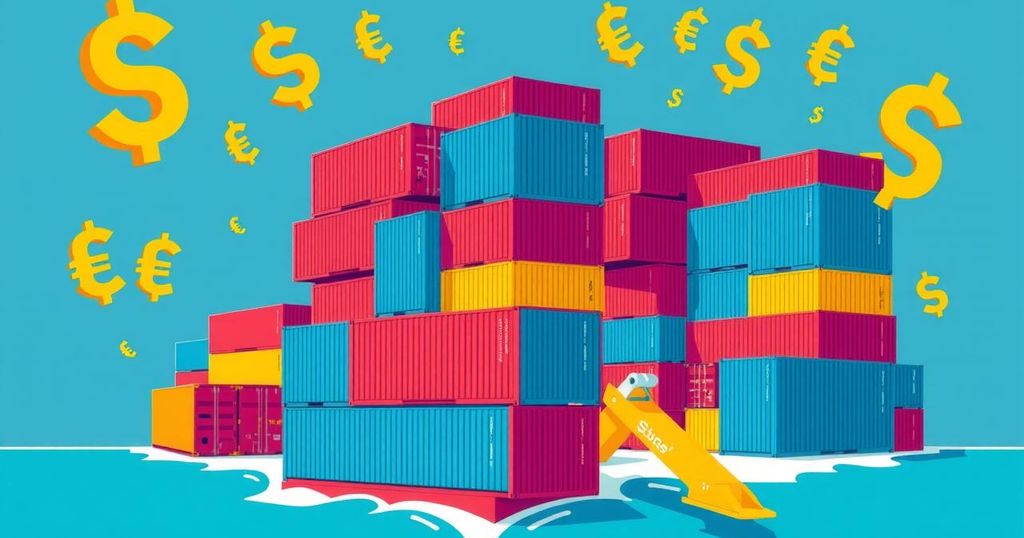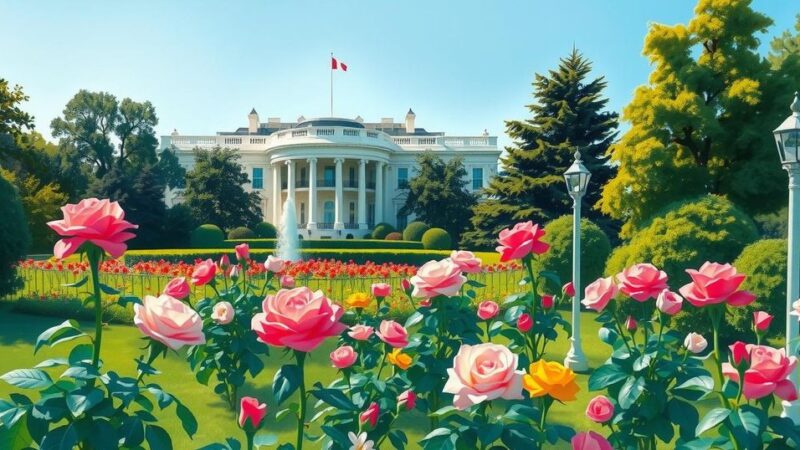President Donald Trump’s reciprocal tariffs, set to commence on April 2, aim to align U.S. import duties with those imposed by other nations. This strategy intends to protect American industries; however, economists warn of potential negative repercussions such as increased consumer prices. Concurrently, additional tariffs and delays on various imports remain in effect, with ongoing discussions regarding U.S. trade relations, especially concerning India and the European Union.
On April 2, United States President Donald Trump is expected to implement reciprocal tariffs on imports from foreign nations, a move he has boldly termed “Liberation Day.” Trump intends to align these tariffs with the duty rates other countries impose on American products. According to a report by The Associated Press, these tariffs are designed to reduce America’s reliance on foreign goods.
White House Press Secretary Karoline Leavitt indicated that specifics regarding these tariffs are contingent upon President Trump’s forthcoming announcement.
Trump asserts that such tariffs serve to shield American industries from unfair competition, generate revenue for the federal government, and encourage concessions from other nations. Conversely, economists caution that broad tariffs could lead to higher consumer prices and negatively impact businesses worldwide due to increased operational costs and reduced sales.
Although the particulars of Trump’s tariff plan remain under wraps, they may include ‘by-product duties’ affecting all goods or reflect other nations’ tariffs, value-added taxes, and subsidies. Senior Counselor Peter Navarro mentioned that anticipated tariffs could potentially yield up to $600 billion, averaging about 20 percent.
Despite ongoing negotiations aimed at finalizing a bilateral trade deal between India and the US this year, there has been no confirmation regarding any tariff exemptions. These discussions come amidst Trump’s unfolding tariff strategy. Delayed import taxes on Canada and Mexico are also expected to activate soon, with extensions for certain Mexican imports running until April 2.
In conjunction with the reciprocal tariffs, Trump is set to implement a 25 percent tariff on imports from nations purchasing oil or gas from Venezuela. Additionally, a 25 percent tariff on auto imports is effective from Thursday, expanding to auto parts in the following weeks, with the White House projecting approximately $100 billion in revenue from these duties.
Current tariffs already in place include a 10 percent tariff on Chinese imports, which has incited retaliatory measures from Beijing. There are additional tariffs on steel and aluminum products, while delays on some tariffs for Canadian and Mexican auto-related imports remain in effect. Canada has initiated countermeasures, although Mexico has not yet formally imposed new tariffs, aiming to ease tensions in the trade war.
Given Trump’s aggressive stance, further tariffs on commodities such as copper, lumber, pharmaceuticals, and computer chips remain a possibility. Trump has stated he will not engage in negotiations concerning these new tariffs until after their implementation. The European Union has also responded by establishing measures against US products, targeting sectors like beef, poultry, and motorcycles, with the implementation of these duties planned in phases after potential delays.
In summary, President Donald Trump’s introduction of reciprocal tariffs on April 2 has significant implications for international trade, particularly impacting India and other nations. While the tariffs aim to bolster American industries and revenues, they may result in increased consumer prices and retaliatory actions from affected countries. As negotiations continue, the potential for further tariffs looms, keeping global markets on edge.
Original Source: www.hindustantimes.com






